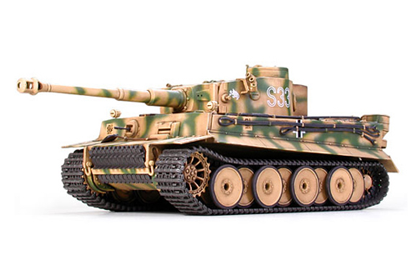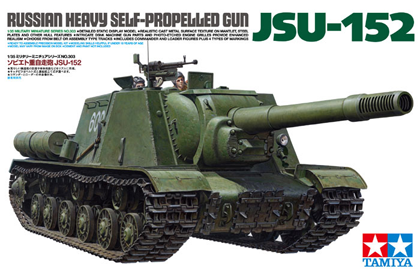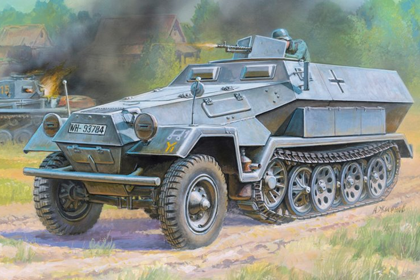![]()
This is the Eduard, photo etch sets for the ‘German Panzerkampfwagen VI, Tiger I, Ausf E – Late version‘ from Tamiya.
Detail set |
Tamiya |
||||
| (35 441) | Basic | 146 | |||
| (35 442) | Zimmerit | 146 | |||
| (35 490) | Zimmerit, SS Ab. 101 | 146 | |||
Source: Eduard
This is the Tamiya 35 146-4000 kit in 1/35 scale, of the ‘German Panzerkampfwagen VI, Tiger I, Ausf E – Late version’.

Roadwheel improvements consisted of replacing the rubber rimmed roadwheels with new wheels that ran on steel rims, which were insulated from the hub by two rubber rings clamped between disc-shaped pressings. Changes made to the turret were: a commander’s cupola with seven vision ports, an anti-aircraft machine gun ring, and a side pivoting hatch; a loader’s hatch with periscope; the smoke exhaust outlet relocated to the center of the turret; and internally mounted “S” mine dischargers.
The 88mm KwK36(L/56) main gun was considered for replacement with the awesome KwK43(L/71) cannon, as used on the King Tiger, but was never accomplished. It has been said that one Tiger I tank was equal to five Sherman tanks on the battlefield and it was the most feared and respected of all German tanks during the conflict.
This is the Tamiya 35 303-4300 kit in 1/35 scale, of the ‘Russian Heavy Self Propelled Gun, JSU-152’.

Beast Killer – In the latter half of WWII, in order to counter German tanks, the Russian army used the JS-2 heavy tank’s chassis to create the JSU-152 heavy self-propelled gun. It featured improved armor protection and a simple superstructure which housed a massive ML-20S 152mm howitzer.
They officially entered combat in the summer of 1944 during Operation Bagration, where Russian soldiers gave it the nickname Zveroboy (beast killer) due to its ability to destroy Tiger I and Panther tanks. The JSU-152 proved its effectiveness against both tanks and fortifications all the way to the Battle of Berlin and greatly contributed to the Russian victory.
This is the Zvezda 3572 kit in 1/35 scale, of the ‘German Personnel Carrier, Hanomag, Sd.Kfz.251/1, Ausf. B’.

The 251 served as basis for many variants, over 4000 units were built in total. This is the basic version armed with two 7.92mm MG-34’s. The vehicle reached a maximum speed of 50km/h and had a range of 300km. It was able to carry 12 Panzer grenadiers.
![]()
This is the Eduard, photo etch sets for the ‘German Panzerkampfwagen VI, Tiger‘ from Italeri.
Detail set |
Italeri |
||||
| (35 305) | Basic | ||||
Source: Eduard
This is the Italeri 6471 kit in 1/35 scale, of the ‘German Panzerkampfwagen VI, Tiger Ausf. E’.

Tiger I is the common name of a German heavy tank developed in 1942 and used in World War II. The final official German designation was Panzerkampfwagen VI Tiger Ausf. E, often shortened to Tiger.
It was an answer to the unexpectedly impressive Soviet armour encountered in the initial months of the Axis invasion of the Soviet Union, particularly the T-34 and the KV-1. The Tiger I gave the Wehrmacht its first tank mounting the 88mm gun, in its first armoured fighting vehicle-dedicated version, the (KwK 36).
During the course of the war, the Tiger I saw combat on all German battlefronts. It was usually deployed in independent tank battalions, which proved to be quite formidable.
This is the Trumpeter 01565 kit in 1/35 scale, of the ‘Russian Heavy Tank, KV-8’.
